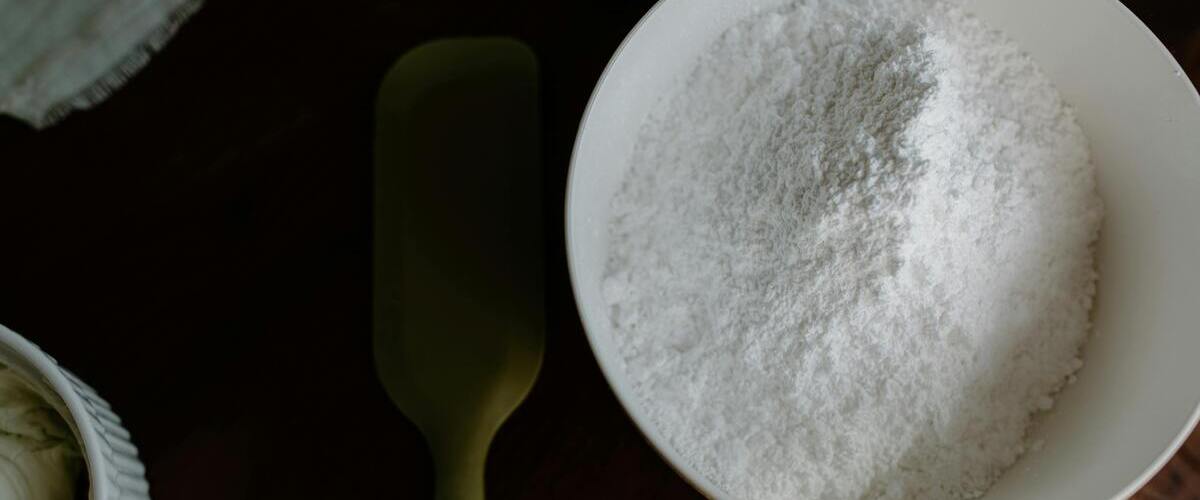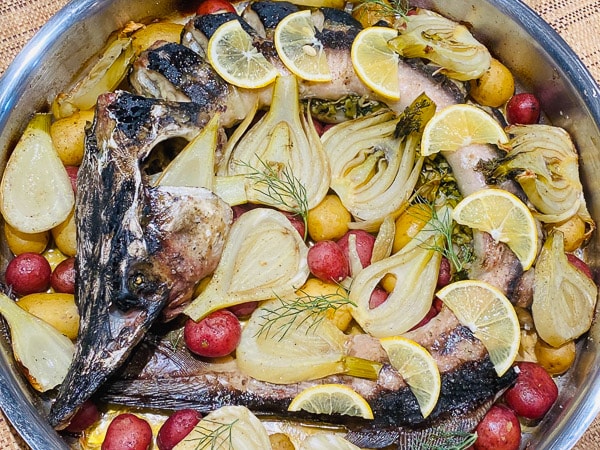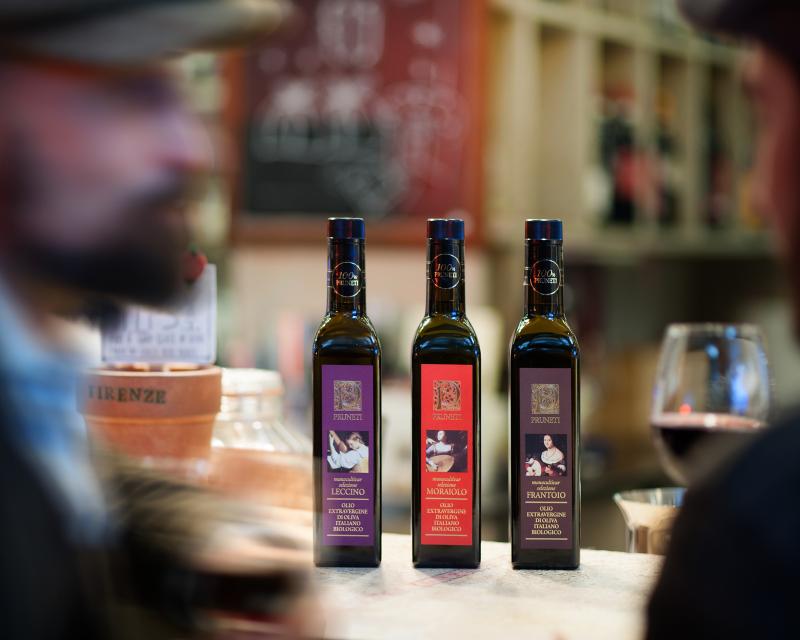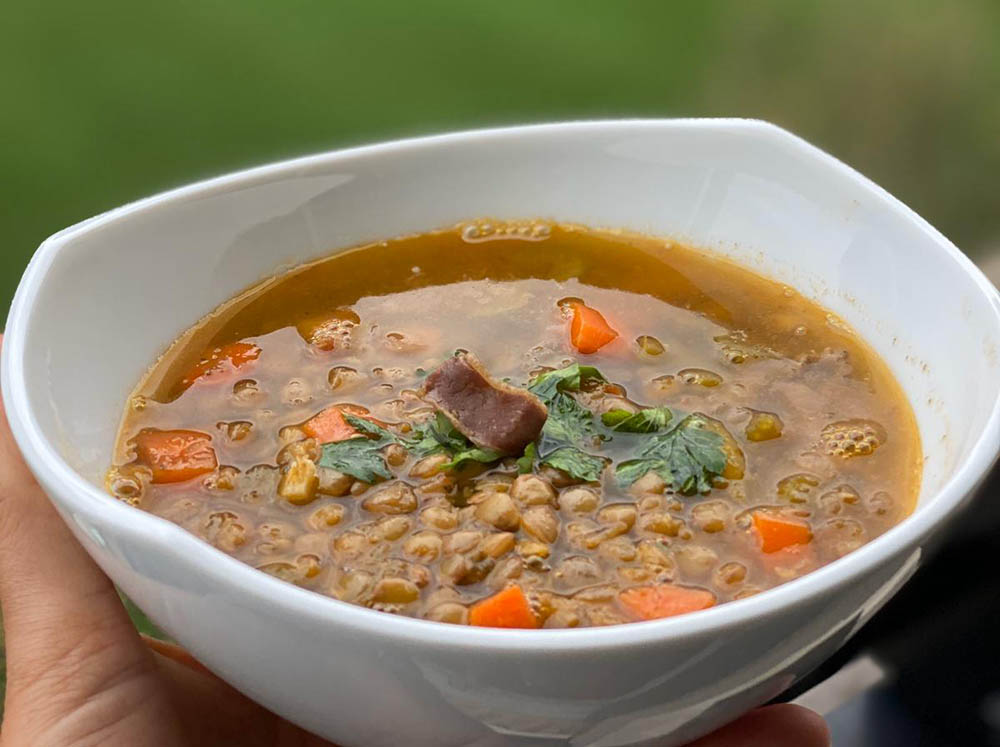The Science of Baking Powder vs. Baking Soda: Understanding Leavening Agents
When you’re baking, it pays to understand the science behind using leavening agents! Baking powder and baking soda are two of the most common agents used for making doughs rise – and there are some key differences between them. From chemical composition to measuring accurately, let’s dive into understanding how these substances work their magic so that no matter what baked goods you whip up in your kitchen, you can be sure they turn out perfect every single time. So don't postpone your pastry party any longer; step right into our scientific kitchen and lets get ready to bake delicious treats together!
Introducing the Science Behind Leavening Agents

Leavening agents - those magical ingredients that can make our bread, cakes, and pastries rise to fluffy perfection! Have you ever wondered how they work their magic? Well, it's all down to the fascinating science of chemistry. Leavening agents, whether they're yeast, baking powder, or baking soda, all work by creating tiny bubbles of gas in the dough or batter. The heat of the oven then causes these bubbles to expand, causing the mixture to rise and become light and airy. But that's just the tip of the iceberg! There are a whole range of factors that can affect how leavening agents work, from pH levels to temperature and even altitude. Understanding the science of leavening agents is not only fascinating - it can also help you become a better baker. So let's dive in and explore the science behind these wondrous ingredients!
What is Baking Soda and What Does it Do in Recipes
Baking soda is an essential ingredient in many recipes, but do you know what it actually does? When added to a recipe, baking soda acts as a leavening agent, causing the mixture to rise by releasing carbon dioxide gas. This gas causes small air pockets throughout the mixture, creating a lighter and fluffier texture in baked goods. This is what gives your cakes, muffins, and breads that irresistible crumb. But baking soda has other functions too. Its alkaline properties help to neutralize acidic ingredients, like vinegar or lemon juice, creating a more balanced flavor profile in your recipe. So the next time you're in the kitchen, don't underestimate the power of this little white powder.
What is Baking Powder and How Is It Different From Baking Soda
Baking powder is a crucial ingredient in many baked goods, but what exactly is it and how is it different from baking soda? Baking powder is a mixture of baking soda, cream of tartar, and a dry starch such as cornstarch. When combined with wet ingredients, the acid in the cream of tartar reacts with the baking soda to release carbon dioxide gas, causing the batter to rise. The addition of the dry starch helps to keep the baking powder dry and prevent it from reacting until it is mixed with the wet ingredients. Baking soda, on the other hand, is pure sodium bicarbonate and requires the addition of an acid, such as vinegar or lemon juice, to release carbon dioxide and leaven baked goods. While both can be used as leavening agents, it is important to use the appropriate one in your recipe to ensure the best results. Understanding the difference between baking powder and baking soda is key to achieving the perfect rise and texture in your baked goods.
Understanding the Difference between Single- and Double-Acting Baking Powder
Baking powder is an essential ingredient in many baked goods, but not all baking powders are created equal. Understanding the difference between single- and double-acting baking powder can make all the difference in your baked creations. Single-acting baking powder reacts with liquid at room temperature, causing the dough or batter to rise immediately. Double-acting baking powder, on the other hand, reacts with liquid both at room temperature and again when heated in the oven, resulting in a more predictable rise and texture. As a passionate baker, I can confidently say that using the right baking powder for your recipe is crucial for achieving the perfect texture and taste of your baked goods.
Exploring Substitution Guidelines for Baking Soda and Baking Powder
As a passionate baker, there is nothing more frustrating than getting halfway through a recipe only to realize you don't have the required baking soda or baking powder on hand. Luckily, there are several substitution guidelines that you can follow to still achieve the same delicious results in your baked goods. With a confident understanding of these substitutions, you can explore and experiment with various combinations to achieve different textures and taste profiles in your baked goods. From using cream of tartar and lemon juice as substitutes to understanding the proper ratios for each ingredient, discovering the world of substitution guidelines for baking soda and baking powder can take your baking game to the next level.
Guidelines
- Use a combination of cream of tartar and lemon juice to replace baking soda in recipes.
- If substituting baking powder for baking soda, use 1 teaspoon of baking powder for every ¼ teaspoon of baking soda.
- Substitute twice the amount of buttermilk or yogurt for the required liquid ingredient when using baking powder as a substitute.
- Use ¼ teaspoon of baking soda and ½ teaspoon of cream of tartar to replace one teaspoon of baking powder.
- Replace each teaspoon of baking powder with a combination of 3 parts cream of tartar, 2 parts baking soda, and 1 part cornstarch.
- For optimal results, use fresh ingredients whenever possible.
- If using baking powder to replace baking soda, reduce the amount of other acidic ingredients in the recipe.
- Use bicarbonate of soda or potassium bicarbonate as substitutes for baking soda when baking at high altitudes.
- For best results, always test your substitutions before proceeding with a recipe.
Tips for Using Baking Soda and Baking Powder Properly in Recipes
When it comes to baking, using the right amount of baking soda and baking powder can make all the difference. Baking soda and baking powder may seem interchangeable, but they have distinct functions in recipes. Baking soda is a base that reacts with acidic ingredients to create carbon dioxide, which helps baked goods rise. On the other hand, baking powder contains both an acid and a base, so it works in recipes that don't have acidic ingredients. To avoid overusing these key ingredients, it's important to measure them accurately. Too much baking powder can create a bitter taste, while too much baking soda can leave behind a soapy flavor. With the right tips and a little confidence, you can use baking soda and baking powder properly to elevate your baked goods to the next level.
After learning all about leavening agents, it’s evident that these baking essentials are indispensable in any household. They help make light and fluffy cakes, fluffy popovers, and many more tasty treats. With understanding of the science behind baking soda and baking powder as well as the substitution guidelines, you can now fully enjoy your baking adventure free from troubles caused by recipes’ errors. Most importantly, remember to always use fresh baking powder and soda for great results. Always avoid using an expired batch of leavening agents since their potency will be miles away from their supposed standard! If you have any other questions regarding this topic let us know in the comments section below. Now time to get all that baking done!






